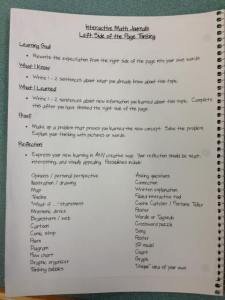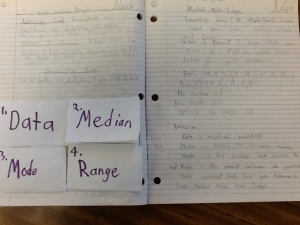This year, we received one tech tub with five Chromebooks in our class. The students loved using these fast computers to learn all year.
First, the students have learned to take their log-in information cards and independently type in their usernames and passwords. Next, from the home page that has been set up by our learning technology department they can choose Raz-Kids or Dreambox by clicking on the icon. The students can go read a book or master the key concepts of elementary math anytime during learning centers. Then, they have learned to use Google Voice to ask various questions. They can discover how to say new vocabulary in French (e.g., Say friend in French), get answers to their wonders (e.g., Caterpillar picture), learn how to spell words (e.g., Spell dog) or discover how to represent numbers using numerals (e.g., What is 5?). In addition, we have caught students going to YouTube for purposeful learning. The students found the YouTube icon, typed various titles of songs that we had previously learned, had fun singing and dancing to them.
The students are using the Chromebooks very well. They are responsible! No Chromebooks have been accidentally dropped on the floor. They share and work together to problem solve when they encounter difficulties (e.g., typo in username when logging in). Observing how the students use the Chromebooks is impressive and I realize that there are many possibilities for 4 and 5 year old children to use them to learn.
Here are more possibilities that I will explore with my Kindergarten students:
- explore Google Drive-Drawings (e.g., make a plan before building at the block area)
- explore Google Drive-Document-Research-Images (e.g., labeling the doctor's office at the dramatic play area)
- show them how to navigate to the class blog and select learning links (e.g., ABCya)
- explore apps (meegenius, pbskidsplay, scootpad, spell up)
How are you using Chromebooks with your Kindergarten students?
























